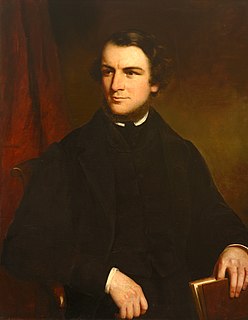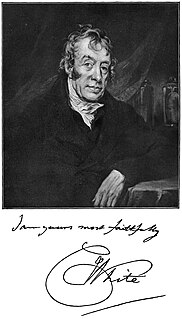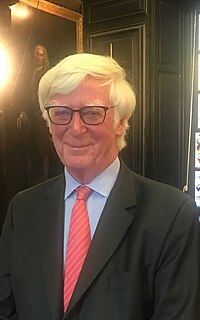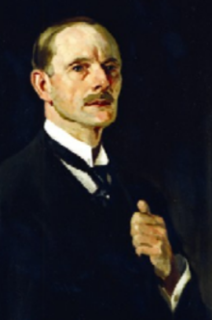This page is based on this
Wikipedia article Text is available under the
CC BY-SA 4.0 license; additional terms may apply.
Images, videos and audio are available under their respective licenses.

Sir William Henry Flower was an English surgeon, museum curator and comparative anatomist, who became a leading authority on mammals and especially on the primate brain. He supported Thomas Henry Huxley in an important controversy with Richard Owen about the human brain and eventually succeeded Owen as Director of the Natural History Museum in London.

John Whitaker Hulke FRCS FRS FGS was a British surgeon, geologist and fossil collector. He was the son of a physician in Deal, who became a Huxleyite despite being deeply religious.

George Busk FRS was a British naval surgeon, zoologist and palaeontologist.

Sir Christopher Howard Andrewes was a British virologist who discovered the human influenza A virus in 1933.
Russell Claude Brock, Baron Brock was a leading British chest and heart surgeon and one of the pioneers of modern open-heart surgery. His achievements were recognised by a Knighthood in 1954, a Life Peerage in 1965, and a host of other awards.

Charles White FRS was an English physician and a co-founder of the Manchester Royal Infirmary, along with local industrialist Joseph Bancroft. White was an able and innovative surgeon who made significant contributions in the field of obstetrics.

Sir Philip Crampton, 1st Baronet, FRS was an eminent Irish surgeon and anatomist.

Sir D'Arcy Power, was a British surgeon, medical historian, and contributor of some 200 articles on famous surgeons and other related figures to the Dictionary of National Biography.

Sean Patrick Francis Hughes is Emeritus Professor of orthopaedic surgery at Imperial College London where he was previously Professor of Orthopaedic Surgery and head of the department of surgery, anaesthetics and intensive care. Earlier in his career he had been Professor of Orthopaedic Surgery at the University of Edinburgh.
William Sampson Handley MD, MS, FRCS was an English surgeon who influenced the development of cancer surgery.

Sir John Bland-Sutton, 1st Baronet, was a British surgeon.

Sir Alfred Pearce Gould was Dean of the Faculty of Medicine of the University of London from 1912–1916 and was Vice-Chancellor of the university from 1916–1917. He was also a Fellow and Member of Council of University College London.

Sir Harold Jalland Stiles was a British surgeon who was known for his research into cancer and tuberculosis and for treatment of nerve injuries.

Sir Henry Morris, 1st Baronet FRCS was a British medical doctor and surgeon, president of the Royal Society of Medicine and the author and editor of significant works on anatomy. He was also known for his work in the field of cancer.
Surgeon Vice-Admiral Sir James Watt KBE FRCS was a British surgeon, Medical Director-General of the Royal Navy, 1972–1977 and maritime historian.

Sir James Keith Ross, 2nd Baronet, FRCS (1927-2003), known as Keith, was a British consultant cardiac surgeon. He was one of the team who performed the first heart transplant in the United Kingdom.

Arthur Tudor Edwards was a Welsh thoracic surgeon, who worked at the Westminster Hospital, the Royal Brompton Hospital and Queen Mary's Hospital, Roehampton and pioneered lung surgery in particularly pulmonary tuberculosis and lung tumours.

Harvey White FRCS is a retired surgeon and oncologist. He is a past president of the Medical Society of London and vice president of the British Association of Surgical Oncology and the Royal Society of Medicine.
Hugh Graham Stack FRCS was a British orthopedic surgeon with a specialism in surgery of the hand. He was secretary of the Second Hand Club and was instrumental in the merger of the British hand surgery organisations to become the British Society for Surgery of the Hand.

William Francis Victor Bonney FRCP FRCS was a prominent British gynaecological surgeon. He was described by Geoffrey Chamberlain as "a primary influence on world gynaecology in the years between the wars".




















